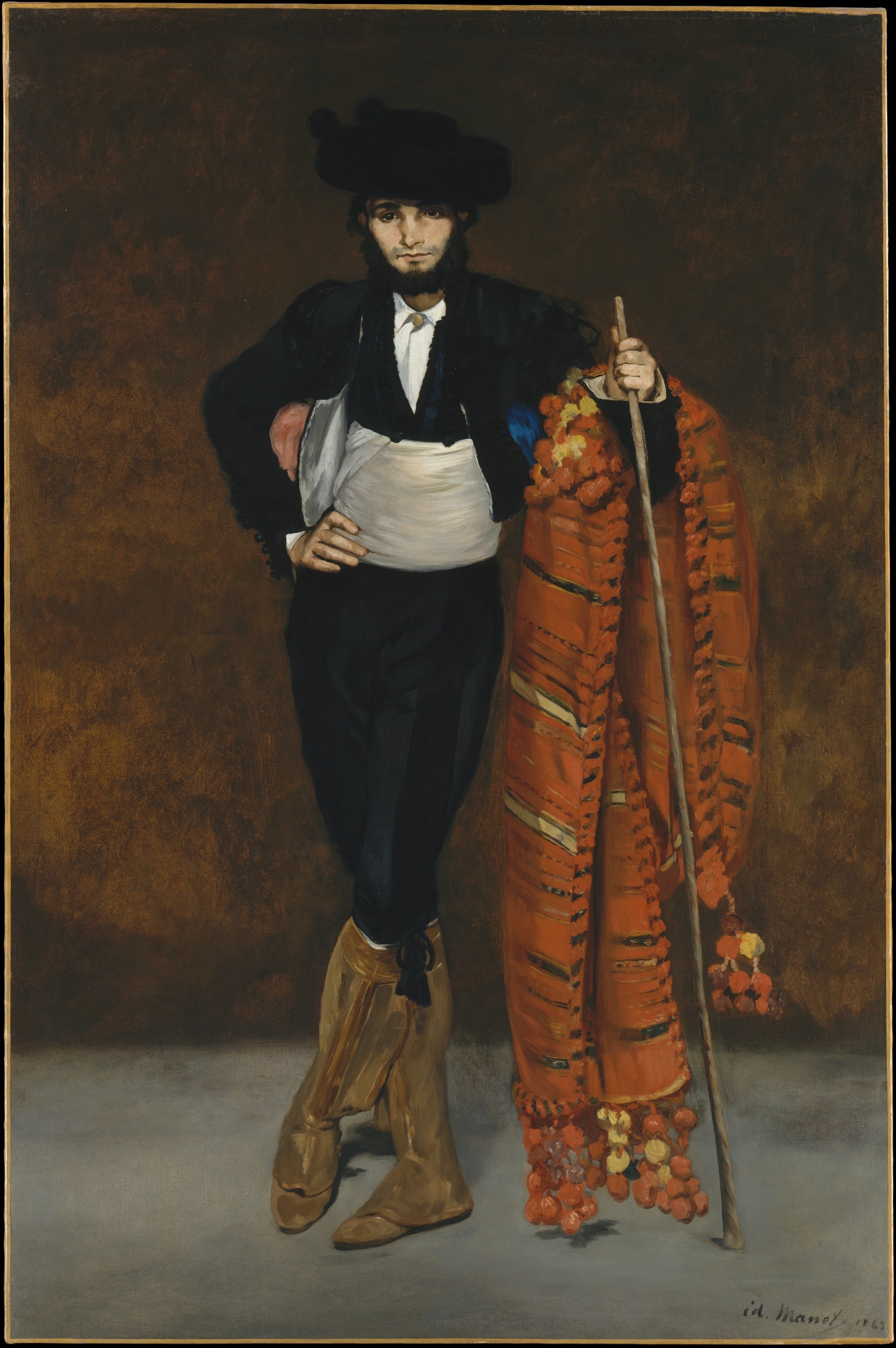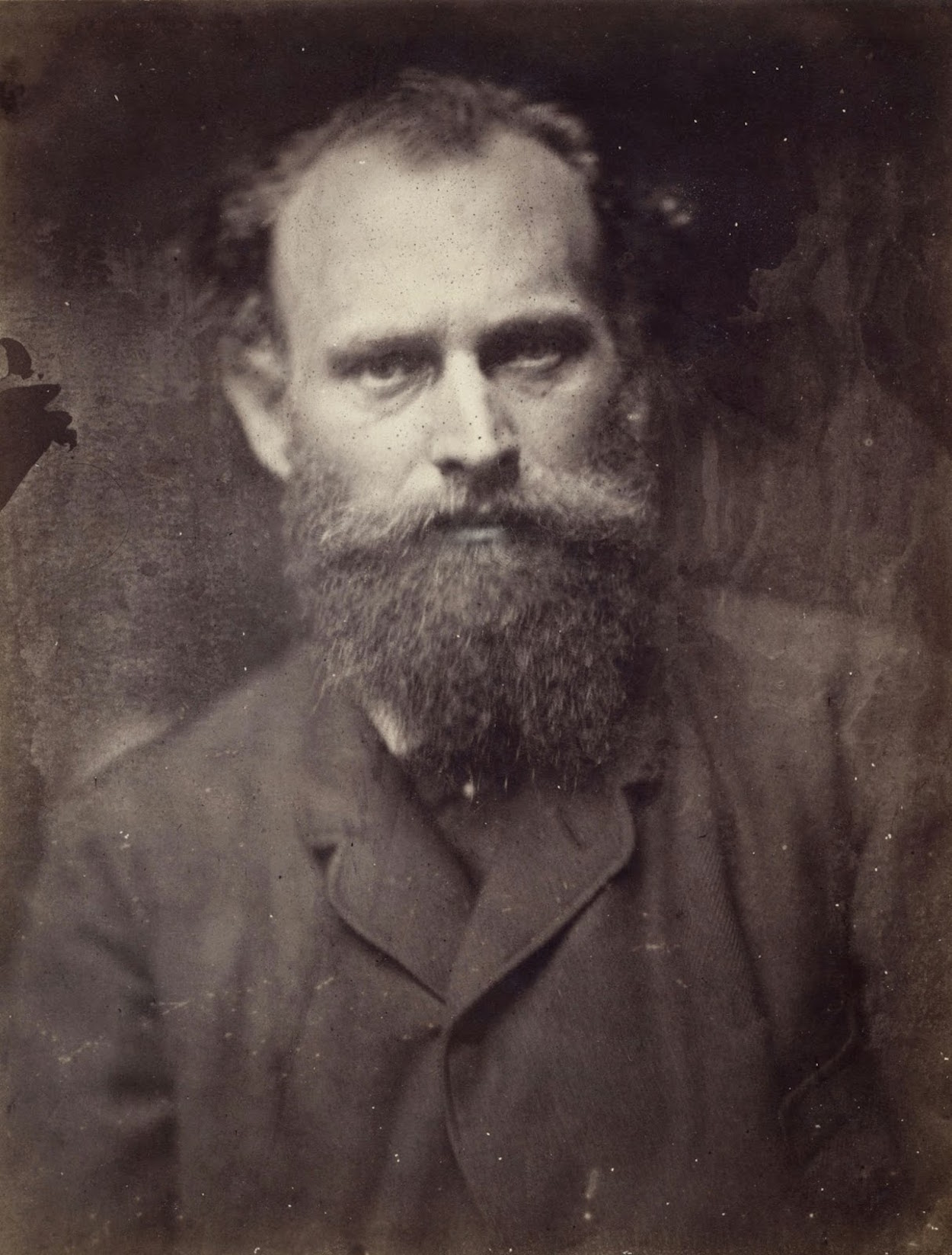Édouard Manet, one of the first 19th-century artists to paint modern life and a pivotal figure in the transition from Realism to Impressionism, was infatuated with all things Spanish. His trip to Spain in 1865 allowed him to develop his knowledge of work by Spanish artists such as El Greco, Goya, and Velázquez, and to paint scenes and characters typical of Spanish culture.
In this portrayal of a dashing young Spanish majo (a Spanish dandy of the lower class), Manet depicted his younger brother, Gustave. He is dressed in the same trousers and bolero jacket Manet used for another painting, Mademoiselle V... in the Costume of an Espada. Both artworks were excluded from the most important official French art exhibition of the time, the Salon of 1863, but gained recognition at the so-called Salon des Refusés in the same year. That "exhibition of rejects" was extremely important for the emerging avant-garde in painting: it showed the now-classic Manet's Luncheon on the Grass and James McNeill Whistler's Symphony in White, No. 1: The White Girl. The critical attention also legitimized the emerging avant-garde in painting.
Manet's vibrant use of color and vigorous brushstrokes earned praise from many critics. Some criticized the lack of psychological depth in the majo's depiction, however, pointing out that the artist devoted no more detail to the face and hands than to the attire.
P.S. Here are the 10 best portraits by Édouard Manet. Do you know all of them?


 Édouard Manet
Édouard Manet